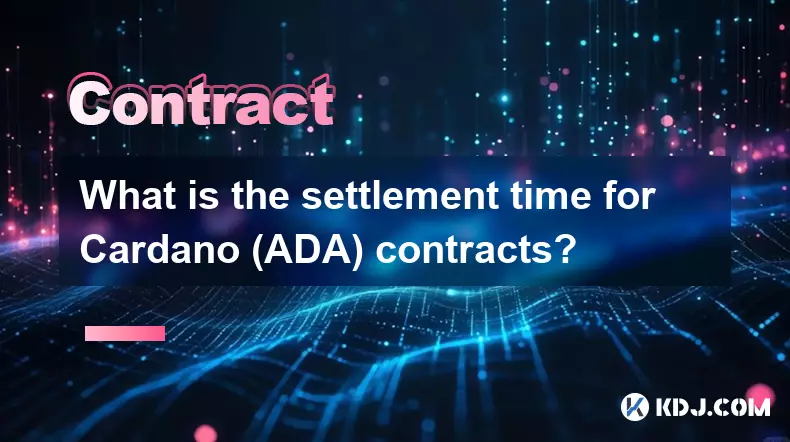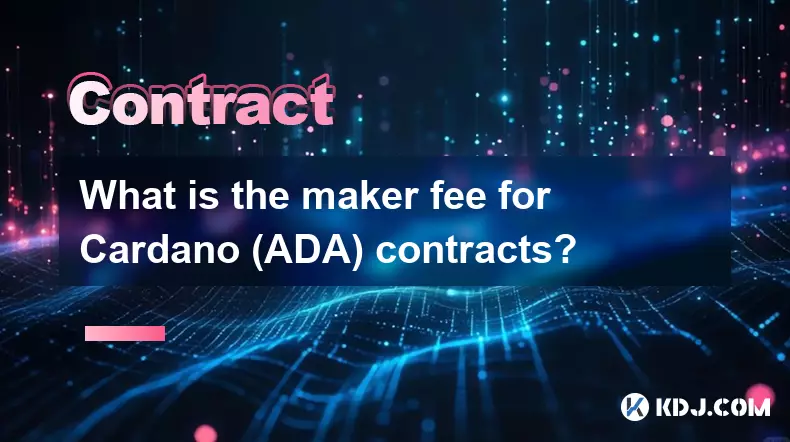-
 bitcoin
bitcoin $109547.008142 USD
0.04% -
 ethereum
ethereum $4011.838726 USD
-0.05% -
 tether
tether $1.000402 USD
-0.01% -
 xrp
xrp $2.798606 USD
0.88% -
 bnb
bnb $970.877944 USD
1.39% -
 solana
solana $202.237275 USD
-0.95% -
 usd-coin
usd-coin $0.999673 USD
0.00% -
 dogecoin
dogecoin $0.229294 USD
-1.15% -
 tron
tron $0.336370 USD
-0.45% -
 cardano
cardano $0.777260 USD
-1.66% -
 hyperliquid
hyperliquid $45.503019 USD
1.73% -
 ethena-usde
ethena-usde $1.000362 USD
0.01% -
 chainlink
chainlink $20.785303 USD
-1.10% -
 avalanche
avalanche $28.755822 USD
-0.11% -
 stellar
stellar $0.358303 USD
-0.48%
What are the trading skills for virtual currency perpetual contracts?
Understanding leverage and risk management is essential for successful virtual currency perpetual contract trading as it can amplify profits but also lead to significant losses.
Oct 23, 2024 at 02:36 am

- Perpetual contracts are derivatives that track the price of an underlying asset (e.g., BTC, ETH).
- Unlike futures contracts, perpetual contracts do not expire, allowing traders to hold positions indefinitely.
- Traders must understand the concept of leverage, which amplifies both profits and losses.
- Study technical indicators to identify price patterns and trends.
- Use charting tools to analyze market volatility, support and resistance levels, and Fibonacci retracements.
- Combine multiple indicators to enhance trading decisions.
- Identify key market structures, such as uptrends, downtrends, and ranges.
- Understand the psychology behind price movements, including fear, greed, and herd mentality.
- Observe market sentiment through indicators like the Fear and Greed Index.
- Set clear entry, exit, and stop-loss levels for each trade.
- Manage risk by limiting capital exposure to manageable levels.
- Use risk-limiting tools such as position sizing and trailing stop-loss orders.
- Use leverage cautiously and only if you have a solid understanding of risk management.
- Determine the optimal leverage ratio based on your risk tolerance and trading style.
- Monitor margin levels regularly to avoid liquidations.
- Familiarize yourself with different order types, including market orders, limit orders, and stop orders.
- Use market orders to execute trades immediately at the best available price.
- Use limit orders to set entry or exit prices in advance.
- Develop trading strategies that align with your risk profile and trading style.
- Consider strategies such as trend following, mean reversion, and breakout trading.
- Backtest strategies using historical market data to optimize their effectiveness.
- Recognize the impact of emotions on trading decisions.
- Develop a trading plan and stick to it, avoiding impulsive trades.
- Seek professional guidance if needed to manage trading psychology.
- Monitor market news and announcements closely.
- Economic events, geopolitical tensions, and social media can significantly impact virtual currency prices.
- Stay informed to make informed trading decisions.
- Continuously update your knowledge and skills by attending webinars, reading books, and following industry experts.
- Attend online courses or workshops to enhance your trading proficiency.
Disclaimer:info@kdj.com
The information provided is not trading advice. kdj.com does not assume any responsibility for any investments made based on the information provided in this article. Cryptocurrencies are highly volatile and it is highly recommended that you invest with caution after thorough research!
If you believe that the content used on this website infringes your copyright, please contact us immediately (info@kdj.com) and we will delete it promptly.
- Altcoin Season Heats Up: Is ARB, PEPE, or a New Challenger Your Best Bet?
- 2025-09-28 10:25:11
- Shiba Inu, Meme Coins, and Popularity: What's Hot and What's Not in the Wild World of Crypto
- 2025-09-28 10:25:11
- Cardano, Toncoin, and the Quest for Crypto's Next Big Thing
- 2025-09-28 10:45:12
- XRP, Ripple, and the Payment Token Race: What's Next?
- 2025-09-28 10:45:12
- MoonBull Mania: Is This the Next Bonk in the Cryptoverse?
- 2025-09-28 10:30:00
- Bitcoin's 'Uptober' Hopes Clash with Selling Pressure: A New Yorker's Take
- 2025-09-28 10:50:01
Related knowledge

How do I enable the "scalping-only" mode for Cardano (ADA) contracts?
Sep 24,2025 at 03:19am
Understanding Scalping Strategies in Crypto Derivatives1. Scalping in cryptocurrency trading refers to executing multiple short-term trades within min...

What is the settlement time for Cardano (ADA) contracts?
Sep 28,2025 at 04:18am
Understanding Cardano's Contract Settlement Mechanism1. Cardano operates on a proof-of-stake consensus model known as Ouroboros, which fundamentally i...

How do I add margin to Cardano (ADA) contracts?
Sep 27,2025 at 07:54pm
Understanding Margin in Cardano (ADA) Smart ContractsCardano operates on a proof-of-stake blockchain that supports smart contracts through its Plutus ...

What is the maximum position limit for Cardano (ADA) contracts?
Sep 23,2025 at 11:00pm
Understanding ADA Futures and Derivatives Market Structure1. Cardano (ADA) futures contracts are offered by several major cryptocurrency derivatives e...

What is the maker fee for Cardano (ADA) contracts?
Sep 26,2025 at 09:01am
Understanding Maker Fees in Cardano (ADA) Contracts1. The concept of maker fees applies broadly across decentralized exchanges and smart contract plat...

How can I view open interest in Cardano (ADA) contracts?
Sep 24,2025 at 07:36am
Understanding Open Interest in Cardano Derivatives1. Open interest refers to the total number of outstanding derivative contracts, such as futures or ...

How do I enable the "scalping-only" mode for Cardano (ADA) contracts?
Sep 24,2025 at 03:19am
Understanding Scalping Strategies in Crypto Derivatives1. Scalping in cryptocurrency trading refers to executing multiple short-term trades within min...

What is the settlement time for Cardano (ADA) contracts?
Sep 28,2025 at 04:18am
Understanding Cardano's Contract Settlement Mechanism1. Cardano operates on a proof-of-stake consensus model known as Ouroboros, which fundamentally i...

How do I add margin to Cardano (ADA) contracts?
Sep 27,2025 at 07:54pm
Understanding Margin in Cardano (ADA) Smart ContractsCardano operates on a proof-of-stake blockchain that supports smart contracts through its Plutus ...

What is the maximum position limit for Cardano (ADA) contracts?
Sep 23,2025 at 11:00pm
Understanding ADA Futures and Derivatives Market Structure1. Cardano (ADA) futures contracts are offered by several major cryptocurrency derivatives e...

What is the maker fee for Cardano (ADA) contracts?
Sep 26,2025 at 09:01am
Understanding Maker Fees in Cardano (ADA) Contracts1. The concept of maker fees applies broadly across decentralized exchanges and smart contract plat...

How can I view open interest in Cardano (ADA) contracts?
Sep 24,2025 at 07:36am
Understanding Open Interest in Cardano Derivatives1. Open interest refers to the total number of outstanding derivative contracts, such as futures or ...
See all articles










































































